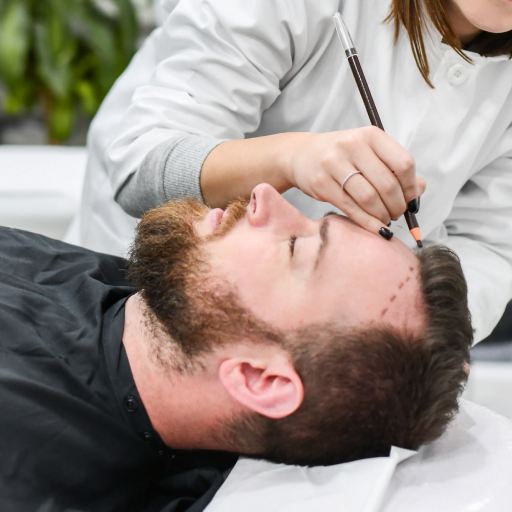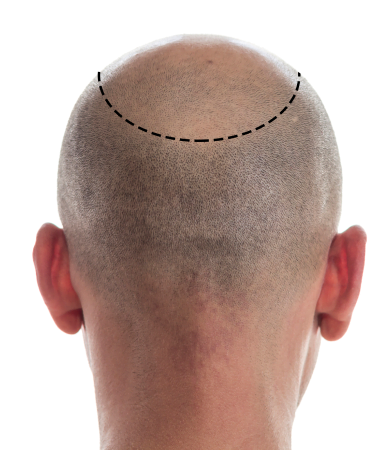Follicular Unit Transplantation (FUT)
Do you want to get rid of your thinning hair, bald spots, and receding hairline for good? An FUT (follicular unit transplantation) hair transplant may be a viable option for you. A hair transplant can help restore hair to areas of the scalp where growth is limited or absent.
Hair loss, thinning hair, and bald patches often result from age or genetics. However, they can also happen because of underlying medical conditions or trauma to the scalp. Some people who experience these issues may choose a hair transplant to look good and feel confident about themselves again.
Hair transplantation during the 1990s typically resulted in unnatural, plug-like looking results. Instead of transplanting tissue plugs, Dr. Barnard, Dr. Golio, Clinician Daniels, and Dr. Singh transplant individual hair follicles.
Hair transplants are a good option for people who want to replace their hair. We use the Follicular Unit Transplantation (FUT) approach at Hair Transplant Specialists – New York City (NYC). Do you have any problems with hair loss? If you do, contact Hair Transplant Specialists – New York City (NYC) for your consultation today.



